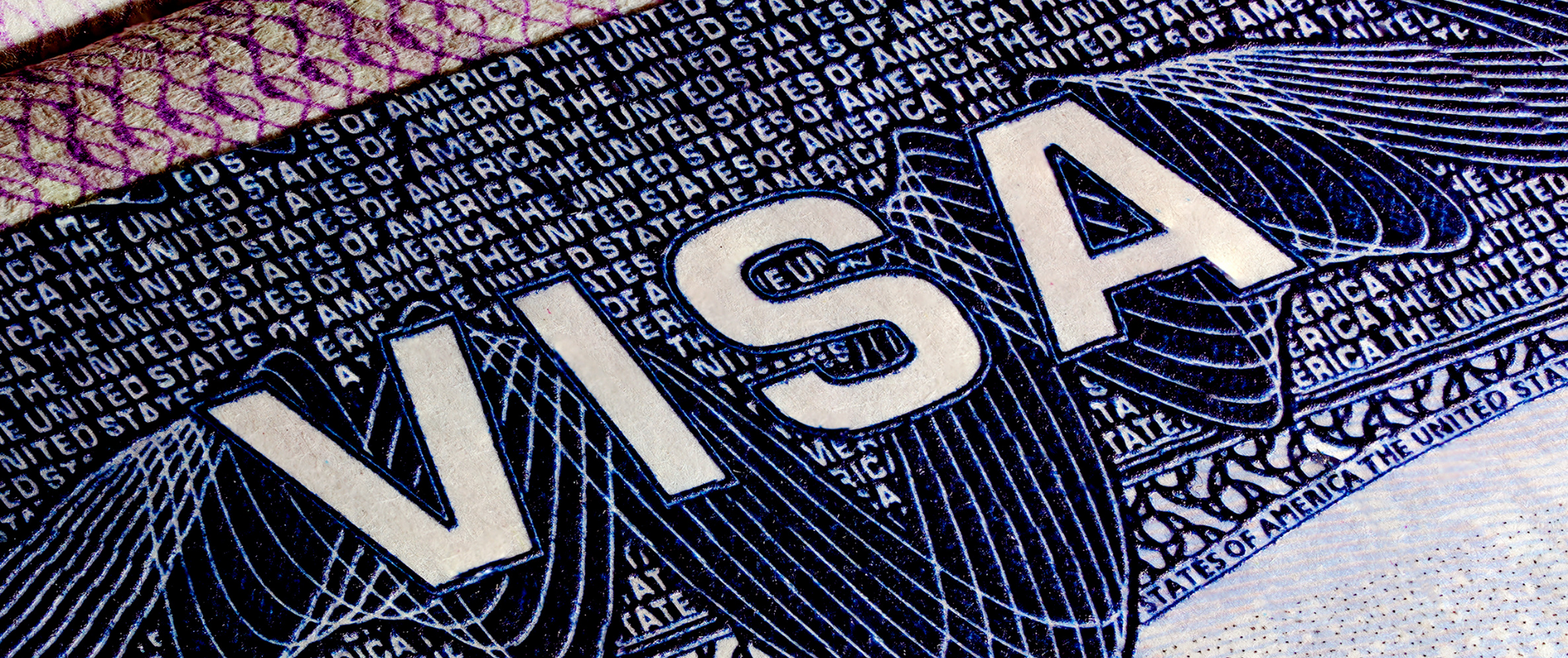
There are several pathways to obtaining a green card in the U.S. These include family-based immigration, employment-based immigration, refugee and asylum status, and more. Let’s take a closer look:
1. Family-Based Green Cards
Family members of U.S. citizens and permanent residents can apply for a green card. The two main types are:
Example: A U.S. citizen can sponsor their spouse for a green card. This process is quicker since there’s no limit to the number of visas available for immediate relatives.
2. Employment-Based Green Cards
If you have a job offer in the U.S., you may qualify for a green card through your employer. Categories include:
Example: A software engineer with a job offer in the U.S. could apply for an employment-based green card. This requires a petition from the employer.
3. Refugee and Asylum Seekers
If you are a refugee or asylee, you can apply for a green card after living in the U.S. for one year.
Example: A refugee who fled their home country due to war or persecution and has been in the U.S. for 12 months can apply for a green card.
4. Green Cards for Victims of Human Trafficking or Crime
Victims of human trafficking or certain crimes can apply for a green card if they hold a T or U visa.
Example: A victim of human trafficking who holds a T visa can apply for permanent residency after meeting certain criteria.
5. Special Immigrant Visas
Certain people, such as foreign nationals who worked for the U.S. government in Iraq or Afghanistan, can apply for a green card through a special immigrant visa.
Example: An Afghan translator who worked with the U.S. military could qualify for a special immigrant visa.